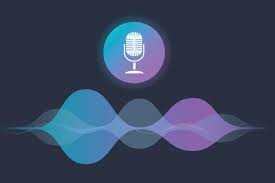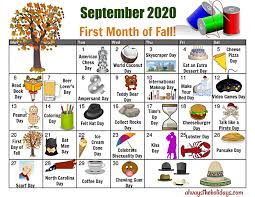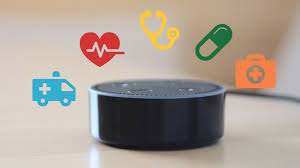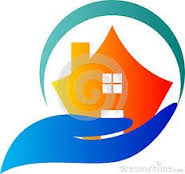Older adults can save tens of thousands of dollars annually by choosing assisted living communities over aging in place in their homes.
Unlike point solutions, Inspiren unifies resident safety, care planning, staffing, and emergency response into a single AI-powered platform.
An artificial intelligence-powered virtual assistant platform for senior living and care providers.
Betting that AI could lighten the clinician load.

 Voice-enabled innovation softly races ahead. Technology innovation announcements whiz by at what seems to be a breakneck pace. Consider
Voice-enabled innovation softly races ahead. Technology innovation announcements whiz by at what seems to be a breakneck pace. Consider  The boomer-and-beyond market has caught the eye of the tech industry.
The boomer-and-beyond market has caught the eye of the tech industry.  It’s been an interesting technology week
It’s been an interesting technology week Aging in place – the latest trend. Rant on. People want to age in place – just ask them, as
Aging in place – the latest trend. Rant on. People want to age in place – just ask them, as  Surprise (maybe) – Philips puts Lifeline business up for auction. How do I know this? Not from any news article other than
Surprise (maybe) – Philips puts Lifeline business up for auction. How do I know this? Not from any news article other than  Venture interest in Aging in Place – is it a turning point?
Venture interest in Aging in Place – is it a turning point?  What happens when people avoid health-related in-person care? Rant on. Nearly a third of older adults, according to a
What happens when people avoid health-related in-person care? Rant on. Nearly a third of older adults, according to a  August in the time of Covid-19.
August in the time of Covid-19.  Lots of talk about remote care technologies -- but will the 2020 crisis convert to actual technology change? So much has changed in recent months as a result of Covid-19 -- startling changes that previously were incremental. Consider
Lots of talk about remote care technologies -- but will the 2020 crisis convert to actual technology change? So much has changed in recent months as a result of Covid-19 -- startling changes that previously were incremental. Consider  Innovation for older adults – not keeping pace in the US. We get pretty excited when a
Innovation for older adults – not keeping pace in the US. We get pretty excited when a